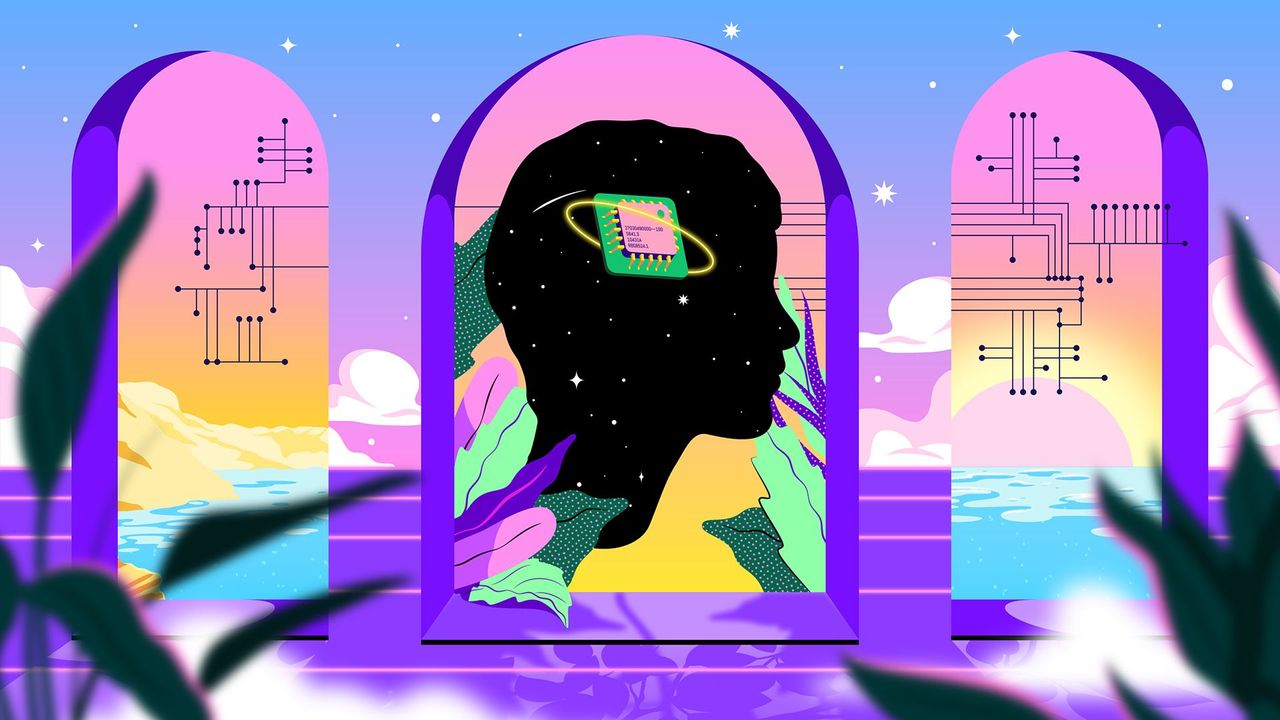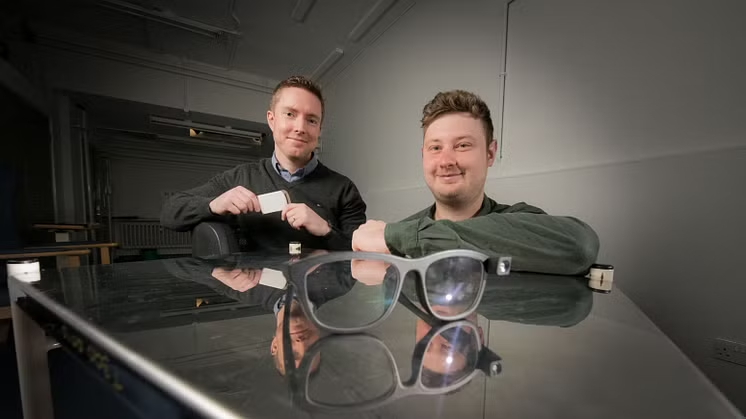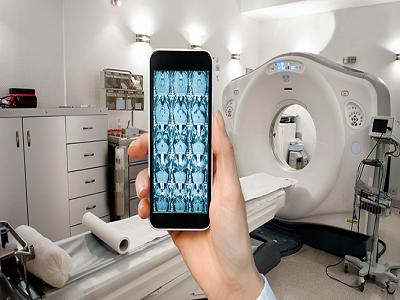- TECHSWU
- Posts
- TECHSWU #25
TECHSWU #25
Welcome to TECHSWU, your go-to destination for all things tech that matter in your daily life! From gadgets to software, we cover it all with a focus on what's relevant and usable now. Tune in to our YouTube channel, daily newsletter, and podcast for the latest updates and insights on the tech you use every day. Stay connected with TECHSWU and stay ahead in the world of technology



Meta has announced that it is allowing third-party developers to create applications for its XR products by opening up its Meta Horizon OS. This move is in contrast to Apple's walled garden ecosystem, and Meta is aiming to compete with Apple's approach to its hardware ecosystem. However, ex-Meta CTO John Carmack has expressed concern over Meta's open OS approach, stating that it will be a drag on software development and divert the focus of key developers. Carmack also notes that while the open OS could enable high-end "boutique" headsets and specialized applications, it won't result in cheaper VR headsets from other companies with the same capabilities as Quest. He also warns that if Meta cedes the "simple scaling" axes to other developers, they will make poor decisions with their high-end systems.

AI Pushes Human Brain to New Limits: Surpassing Boundaries with Remarkable Intelligence Experiments!
AI technology has made tremendous progress in recent years, pushing the boundaries of human intelligence and redefining what was once thought possible. This article explores the various ways in which AI is challenging human intelligence, revolutionizing industries, and sparking debates about the future of work and human cognitive abilities.
Highlights from the article include:
• AI-powered systems are now outperforming humans in complex tasks, such as medical diagnoses and chess, demonstrating their ability to learn and reason.
• AI algorithms are capable of sifting through vast amounts of data quickly and accurately, providing valuable insights that human analysts may miss.
• Natural language processing enables AI to understand and generate human language, opening up possibilities for improved communication and translation.
• AI is transforming industries, automating repetitive tasks, and augmenting human capabilities, leading to increased productivity and efficiency.
• However, concerns are raised about the potential impact of AI on jobs and the ethical implications of relying heavily on machines.
• Ultimately, the challenge lies in finding the right balance between human and AI intelligence, harnessing the potential of both to create a future that benefits all.
As AI continues to evolve and progress, it serves as a reminder that human intelligence is not a fixed limit, but rather an ever-expanding field where AI can push us to reach new frontiers. This article highlights the exciting and thought-provoking journey of AI pushing the boundaries of human intelligence.

Engineers at Northwestern University have developed a specialized artificial intelligence (AI) algorithm called Maximum Diffusion Reinforcement Learning (MaxDiff RL) that improves the learning capabilities of robots. The algorithm motivates robots to explore their environment randomly, allowing them to gain diverse experiences. In head-to-head trials against other AI platforms, robots using MaxDiff RL consistently outperformed state-of-the-art models. The algorithm enables robots to rapidly acquire new tasks and execute them flawlessly on the first attempt, unlike existing AI models that rely on slower trial-and-error learning processes. The researchers aim to create an algorithm that guarantees robots gather high-quality data while they are on the move, which is crucial for robotics. MaxDiff RL instructs robots to move more randomly in order to gather comprehensive and varied data about their surroundings. The algorithm has the potential for various applications in smart robotics.
/cdn.vox-cdn.com/uploads/chorus_asset/file/25429570/Rabbit_R1_top.JPG)
The Rabbit R1 is an AI gadget that promises to make technology easier to use, but according to this review from The Verge, it falls short of expectations. The reviewer describes their experience with the R1 as frustrating, highlighting moments when the device misidentified objects and failed to perform basic functions. They criticize the lack of functionality and ambition in the device, noting that it can only connect to a few apps and doesn't offer any practical or innovative features. In terms of performance, the R1 is described as underwhelming, underpowered, and slow. Despite some positive aspects like its fun design and good microphone, the overall conclusion is that the Rabbit R1 is an unfinished and unhelpful AI gadget that is far from meeting the promises made by its creators.


Chinese car manufacturer Chery has revealed its new humanoid AI robot called Mornine. The robot has the ability to walk, talk, and perform basic human tasks. Chery collaborated with technology company AiMOGA to create Mornine, which features a highly biomimetic design that mimics the shape and movement of a human. It has an electrical energy source and a human-like silicone face that can mimic human oral and facial muscles. The robot also has an in-built Large Language Model (LLM) that allows it to answer questions and respond to instructions. Mornine is designed to fulfill three functions: smart retail store waiter, household assistant, and development and optimization for specific application scenarios.

Universal Robots has emerged as the preferred robotics platform for AI solutions at the Automate 2024 show in Chicago. The company showcased how artificial intelligence can power robotic applications with human-like perception, enabling robots to handle variation without prior teaching or programming. Some highlights from the show include:
• Demonstrations of an AI-powered autonomous inspection solution with path planning 50-80x faster than current solutions.
• Partner solutions for bin picking, including Photoneo's AI-enabled multi-view localization solution and Siemens' SIMATIC Robot Pick AI vision software.
• Display of the new high torque cobot, UR30, which can achieve smooth process tightening without faulting safety sensors.
• Coordinated motion capability for welding larger and more complex parts without manual repositioning.
• Launch of UR Care, a new service offering that ensures prompt break/fix onsite repairs and 24/7 remote availability.
• Joint display with sister company Mobile Industrial Robots, featuring a mobile cobot mounted on the MiR250 AMR.
• UR Ecosystem guided tours, scavenger hunts, and conference presentations on various topics related to collaborative automation.
• "Passport to Education" program in the UR Education Zone, allowing students and educators to solve tasks using UR cobots.

Maruti Suzuki, India's largest carmaker, has plans to sell 2 million cars annually and maintain its market share of almost 50%. To reach this goal, Maruti will introduce 15 new cars in the next 5 years. Currently, Suzuki Motor Corporation (SMC) relies on Maruti Suzuki India Limited (MSIL) for 40% of its total worldwide sales, but this is expected to increase to 60% in the coming years. While Maruti has not yet announced plans for an electric car, Suzuki has partnered with Toyota to develop hybrid systems for mini, compact, and commercial vehicles. Additionally, Maruti will focus on targeting rural areas and increasing digitalization to reach more customers. The brand will also introduce more SUVs, as well as hybrid and CNG vehicles, but a fully electric Maruti car may not come anytime soon.

This article explores eight forgotten gadgets that had a significant impact on the way we use technology. These gadgets include:
• Pebble Smartwatch: The Pebble smartwatch, with its record-breaking Kickstarter campaign in 2012, demonstrated the demand for smartwatches in the emerging market. It was later acquired by Fitbit.
• Magnavox Odyssey: Often overshadowed by Atari's 2600, the Magnavox Odyssey was the first commercial home video game console and featured a unique design with TV-screen overlays.
• Macintosh PowerBook 500: The Macintosh PowerBook 500 introduced the track pad, which is now a standard feature on laptops.
• IBM Simon: The IBM Simon, released in 1994, paired a touchscreen and a telephone, foreshadowing the future of smartphones.
• MPMan F10: While not as popular as later MP3 players, the MPMan F10 was the first commercially released MP3 player.
• Motorola MicroTAC: The Motorola MicroTAC, with its folding keypad cover, established the trend for clamshell-style phones.
• Minolta Maxxum 7000: The Minolta Maxxum 7000 was the first SLR camera to integrate autofocus sensors and motors into the camera body, paving the way for modern autofocus technology.
• Kodak's Digital Camera: Though Kodak is known for its analog photography, the company also pioneered digital photography with a prototype in 1974.
These gadgets may have been forgotten, but they played a crucial role in shaping the tech world we know today.


AI experts from Northumbria University have conducted a study into the ethical use of video technology in supporting patients at risk of falls. Video-enabled glasses have the potential to allow medical staff to monitor how patients move around their homes and communities, which can help in assessing fall risks. However, privacy concerns regarding patient footage have been a major issue. The study looked into how AI software can blur personal information captured by the video glasses, such as faces, letters, and confidential paperwork, in order to maintain patient privacy. The research team found that the AI software was successful in obscuring these details and ensuring patient privacy. The use of video technology, combined with wearable devices that track gait data, can provide clinicians with a more comprehensive understanding of how patients move in their own environments. This can lead to improvements in fall risk assessment and better decision-making in patient care. The team is now working on further studies to refine and improve their AI algorithms and reduce fall risk in individuals with Parkinson's disease.

The Humane AI Pin and Rabbit R1, two highly anticipated AI assistants, have failed to live up to the hype.
• Both products have received negative reviews, with users finding them slow, unreliable, and lacking in functionality.
• The Humane AI Pin, priced at $699, has been criticized for its slow AI, short battery life, and terrible user interface.
• The Rabbit R1, priced at $199, has similar issues, with users calling it "Barely Reviewable."
• There is also skepticism about the need for dedicated AI devices, as smartphones already have similar capabilities.
• Both products promise future updates and more features, but there are concerns about whether they will deliver.
• To avoid the disappointment of early adoption, the article suggests waiting to purchase tech products that are at least 18 months old.
• By waiting, consumers can avoid buggy launches and take advantage of lower prices.
• The article concludes by recommending virtual time travel as a way to experience "new" technology by curating tech media that is out-of-date by a few years.

Apple is expected to report its biggest quarterly revenue decline in over a year, as investors eagerly await the company's plan to add generative AI to its iPhones and boost sales in the crucial Chinese market. Apple's stock has underperformed other Big Tech companies, dropping more than 10% this year, due to concerns about its slow roll-out of artificial intelligence services and competition from Huawei in China. Analysts predict that iPhone sales will decline by 10.4% in the first quarter of 2024. Despite these challenges, Apple still remains a must-own stock on Wall Street.
Highlights from the article include:
• Apple's plan to add generative AI to iPhones and boost sales in China
• Underperformance of Apple's stock compared to other Big Tech companies
• Concerns about slow roll-out of artificial intelligence services and competition from Huawei
• Predicted decline of 10.4% in iPhone sales in the first quarter of 2024.


The smart medical devices market is expected to see significant growth in the coming years, driven by increasing R&D spending. Smart medical devices are technologically advanced healthcare products that integrate sensors, connectivity, and data processing capabilities to monitor and manage medical conditions.
Some highlights from the article include:
• Key players in the smart medical devices market include Abbott Laboratories, Apple Inc, DexCom, Fitbit, F. Hoffmann-La Roche, Johnson & Johnson, Medtronic, NeuroMetrix, Samsung Electronics, and Sonova International.
• The market is segmented by type, application, distribution channel, technology, devices, and end user.
• The market drivers include the prevalence of lifestyle-associated disorders and diseases, as well as the emergence of advanced technology in pharmaceutical and biotechnological companies.
• Market trends include the integration of advanced Bluetooth technology with smart medical devices and the adoption of single-use smart medical devices.
• Opportunities in the market include the rise in demand for smartphone-compatible and wireless medical devices, as well as the introduction of technologically advanced smart medical devices.
• The report also provides insights into market understanding, growth opportunities, and competitive scenarios.
Overall, the smart medical devices market presents significant opportunities for growth and innovation in the healthcare industry.

This article discusses six tech gadgets that can improve the quality of life in a condo.
• An air filter or purifier can help filter out harmful pollutants and improve indoor air quality.
• The Internet of Things (IoT) allows for the control of various smart home devices using a smartphone, making it easier to manage your condo.
• A thermostat can help maintain a comfortable temperature throughout the day, with the added convenience of being able to control it remotely.
• A smart display, such as one with Alexa or Siri, can automate actions for home appliances and electronics, providing convenience and efficiency.
• A robo vacuum can keep your floors clean without the need for manual labor, allowing you to wake up to a clean living space.
• Portable exercise equipment, such as a stationary bicycle or treadmill, can help you stay fit and achieve your fitness goals from the comfort of your condo.
Investing in these tech gadgets can enhance convenience, comfort, and overall well-being in a condo living environment.

Smart rings are becoming increasingly popular as wearables for people who want the benefits of a wearable without wearing a bulky smartwatch or fitness tracker. The Oura Ring Gen 3 is currently the best smart ring available, offering a blend of clean hardware and impactful software. However, competition in the smart ring market is expected to ramp up considerably in 2024 with the entry of companies like Samsung and Amazfit. Other startups like Ultrahuman, RingConn, and Movano are also vying for a share of the market. Smart rings can track metrics such as sleep, heart rate, and workouts, and offer features like sleep tracking, stress tracking, and even payment capabilities. While some smart rings prioritize health and wellness features, others focus on fashion and smartphone control capabilities. It's important to consider factors like size, scratch and water resistance, battery life, and the specific health and fitness features offered when choosing a smart ring.

If you're someone who loves camping but also enjoys the convenience of technology, then these high-tech gadgets are perfect for you. Here are five gadgets that will make cooking outdoors while camping much easier:
1. GOSUN Portable Solar Oven: This solar oven is extremely portable and allows you to cook using solar power. It's easy to operate and is great for small portions.
2. JetBoil Genesis Basecamp System: This propane stove system is perfect for cooking for multiple people. It's compact and comes with a dual burner, pot, lid, and pan.
3. Jettle Electric Kettle: This portable kettle is great for boiling water and has 12 heat settings. It requires a 110-volt plug, so make sure you have a capable power source.
4. ThermoPro TempSpike 500-foot Wireless Meat Thermometer: This thermometer allows you to monitor the internal temperature of your meat from a safe distance using an app. It's perfect for cooking meat over a fire.
5. BOXIO Portable Camping Sink: This portable sink solves the problem of washing dishes while camping. It comes with two separate tanks for fresh and dirty water and is easy to use.
These gadgets were selected based on high ratings and positive reviews from buyers. Make sure to consider the power source required for each gadget before making a decision. Happy cooking!
